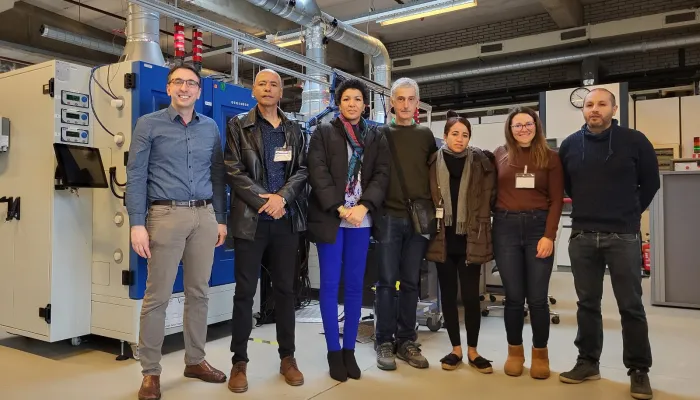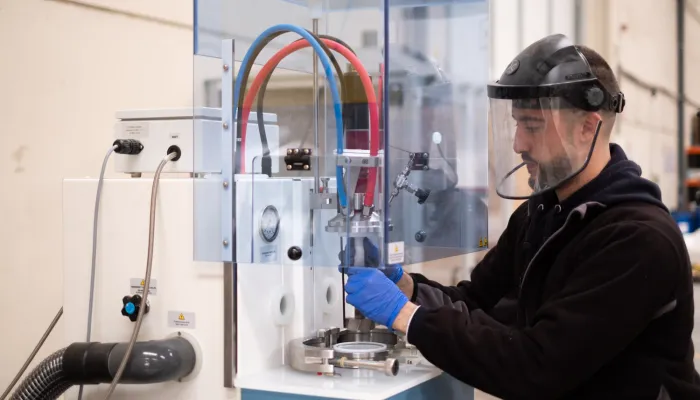Everything you need to know about the BREEAM certification: how to achieve it with maximum score?
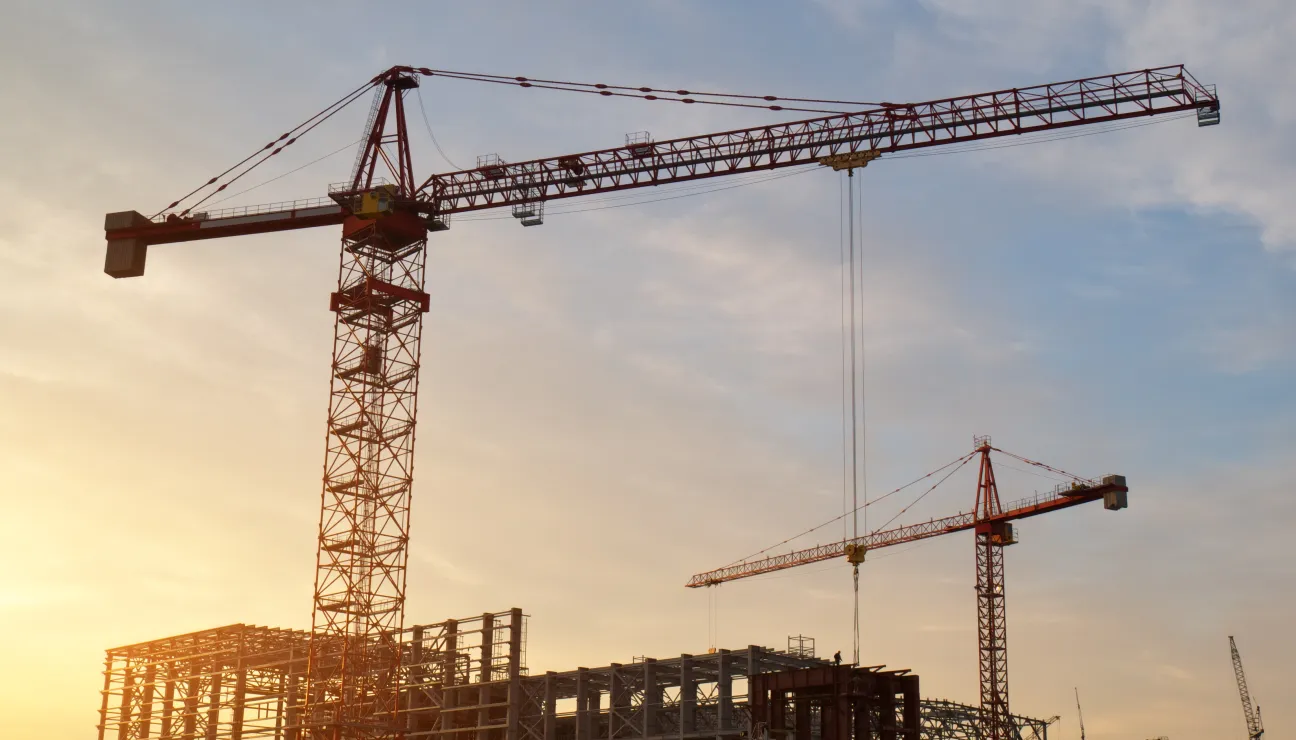
What is the BREEAM Certificate?
It is an international method that certifies the level of sustainability of a building. BREEAM is a voluntary certification in Spain that awards a final score through the assessment of building characteristics at various development stages such as design, construction, maintenance, etc.
The evaluated categories are ten: management, health and well-being, energy, transportation, water, materials, waste, ecological land use, pollution, and innovation. Each of these addresses influential factors, including low-impact design and carbon emissions reduction, durability, climate change adaptation, ecological value, and biodiversity protection.
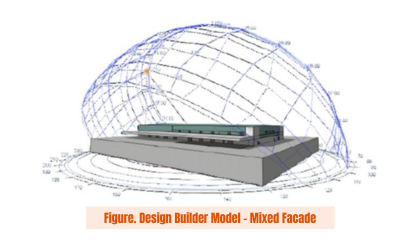
Moreover, the BREEAM certificate classifies buildings based on a credit system grouped into nine main categories, rewarding measures that contribute to the well-being of occupants and environmental protection.
All of this is considered to obtain a weighted, unique, and overall result that defines the construction's category within the five levels of the BREEAM certificate: pass, good, very good, excellent, and lastly, outstanding.
What are the benefits of the BREEAM Certificate?
Apart from contributing to the company's Corporate Social Responsibility, this certificate impacts the savings, health, and environment of all individuals associated with a building's life (tenants, users, promoters, owners, managers, etc.).
Specifically, a BREEAM-certified building results in significant economic benefits for its users, translating to a reduction of 50-70% in energy consumption, 40% in water consumption, and 7-8% in operation and maintenance costs. Additionally, it enables construction owners to increase their property value by 7.5% and raise rentals by 3%.

How can I maximize points in the BREEAM Certificate?
You might have a clear understanding of some requirements within the BREEAM certification scheme, but you might need external assistance, especially for those involving complex calculations or expertise in specific technologies.
Materials Category
For instance, one requirement, known as MAT-1 in the Materials category, demands a life cycle impact study of the building. Depending on whether the building is residential, industrial, or other, the points awarded for this study vary. This involves considering the nature of construction materials, their origin, and whether they have Environmental Product Declarations (EPDs), among other factors.
Management and Energy Category
On the other hand, within the Management category, closely related to the previous requirement, is GST-5 concerning life cycle cost and life span planning. This also covers requirements about envelope performance and inspection, analysis of low-carbon technologies in the Energy category, where all viable, energy-efficient, and environmentally friendly technologies are considered based on the building's needs. It also ensures indoor air quality and thermal comfort, modeled through CFD simulations.
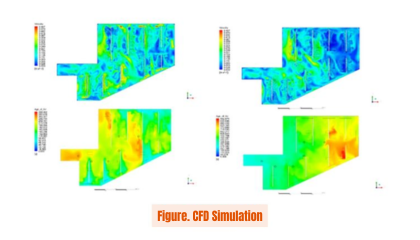
Transport Category
Lastly, in the Transport category, quantification of indicators is required for public transport accessibility, proximity to services, mobility solutions, parking, and a mobility plan.
What Calculations and Studies Are Needed to Earn Points?
At the CIRCE - Technology Center, we provide support through our industry experience as well as tools for calculating various indicators required in the mentioned studies.
Here are some ways we can help you achieve the maximum BREEAM score:
- Environmental and Cost Life Cycle Analysis in all building phases, from design to end-of-life.
- Expertise in low-carbon technologies to meet the building's energy needs while ensuring comfort.
- Capabilities and experience in CFD simulation, which provides significant information about the building's interior behavior, including air quality and temperature characteristics.
- Applying transportation knowledge and experience to meet BREEAM criteria in this category, including GIS and mobility plans. Impartial recommendations for materials and systems that best suit the building and contribute to sustainability criteria.



